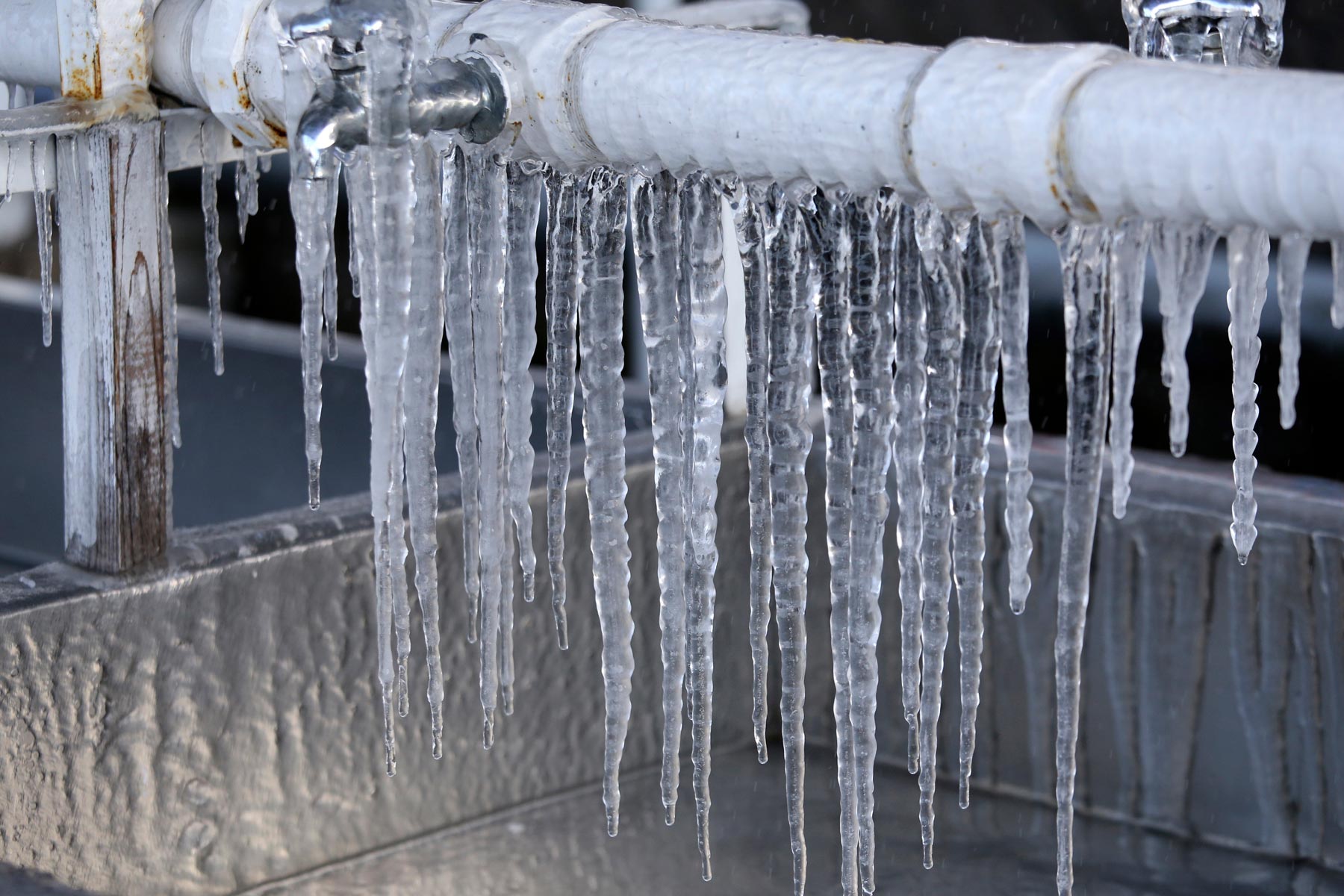Tips to Maintain Your Pipes from Freezing Damage: Important Guidance
Tips to Maintain Your Pipes from Freezing Damage: Important Guidance
Blog Article
We've encountered this post on Prevent Frozen Pipes down the page on the internet and thought it made sense to share it with you in this article.

Cold weather can damage your pipes, especially by freezing pipelines. Right here's how to avoid it from happening and what to do if it does.
Intro
As temperatures decrease, the threat of frozen pipelines increases, possibly causing costly repair services and water damages. Understanding exactly how to stop frozen pipes is critical for property owners in chilly environments.
Prevention Tips
Protecting at risk pipes
Wrap pipes in insulation sleeves or use warmth tape to secure them from freezing temperatures. Concentrate on pipes in unheated or exterior locations of the home.
Heating methods
Keep interior rooms appropriately heated, especially locations with pipes. Open up closet doors to enable warm air to flow around pipelines under sinks.
How to determine icy pipes
Try to find decreased water flow from taps, uncommon odors or noises from pipes, and noticeable frost on revealed pipelines.
Long-Term Solutions
Structural adjustments
Take into consideration rerouting pipes away from exterior wall surfaces or unheated locations. Include added insulation to attic rooms, basements, and crawl spaces.
Upgrading insulation
Invest in top quality insulation for pipes, attic rooms, and walls. Correct insulation helps keep regular temperatures and minimizes the danger of frozen pipes.
Securing Outdoor Pipes
Yard pipes and outdoor faucets
Separate and drain yard hoses before wintertime. Mount frost-proof faucets or cover exterior taps with protected caps.
Comprehending Frozen Pipes
What causes pipes to ice up?
Pipes ice up when exposed to temperatures listed below 32 ° F (0 ° C) for expanded periods. As water inside the pipelines ices up, it expands, putting pressure on the pipe wall surfaces and possibly causing them to rupture.
Dangers and problems
Icy pipelines can bring about supply of water interruptions, home damage, and expensive repair work. Burst pipelines can flooding homes and create considerable architectural damage.
Signs of Frozen Pipes
Recognizing frozen pipes early can stop them from rupturing.
What to Do If Your Pipes Freeze
Immediate activities to take
If you believe frozen pipes, maintain faucets open up to eliminate stress as the ice melts. Use a hairdryer or towels taken in hot water to thaw pipelines slowly.
Verdict
Avoiding icy pipes requires aggressive procedures and fast reactions. By recognizing the causes, indications, and safety nets, homeowners can safeguard their pipes throughout winter.
5 Ways to Prevent Frozen Pipes
Drain Outdoor Faucets and Disconnect Hoses
First, close the shut-off valve that controls the flow of water in the pipe to your outdoor faucet. Then, head outside to disconnect and drain your hose and open the outdoor faucet to allow the water to completely drain out of the line. Turn off the faucet when done. Finally, head back to the shut-off valve and drain the remaining water inside the pipe into a bucket or container. Additionally, if you have a home irrigation system, you should consider hiring an expert to clear the system of water each year.
Insulate Pipes
One of the best and most cost-effective methods for preventing frozen water pipes is to wrap your pipes with insulation. This is especially important for areas in your home that aren’t exposed to heat, such as an attic. We suggest using foam sleeves, which can typically be found at your local hardware store.
Keep Heat Running at 65
Your pipes are located inside your walls, and the temperature there is much colder than the rest of the house. To prevent your pipes from freezing, The Insurance Information Institute suggests that you keep your home heated to at least 65 degrees, even when traveling. You may want to invest in smart devices that can keep an eye on the temperature in your home while you’re away.
Leave Water Dripping
Moving water — even a small trickle — can prevent ice from forming inside your pipes. When freezing temps are imminent, start a drip of water from all faucets that serve exposed pipes. Leaving a few faucets running will also help relieve pressure inside the pipes and help prevent a rupture if the water inside freezes.
Open Cupboard Doors
Warm your kitchen and bathroom pipes by opening cupboards and vanities. You should also leave your interior doors ajar to help warm air circulate evenly throughout your home.

I have been very eager about How to prepare your home plumbing for winter weather and I am hoping you liked the entire piece. Sharing is nice. Helping people is fun. Thanks for your time. Return soon.
Additional Resources Report this page